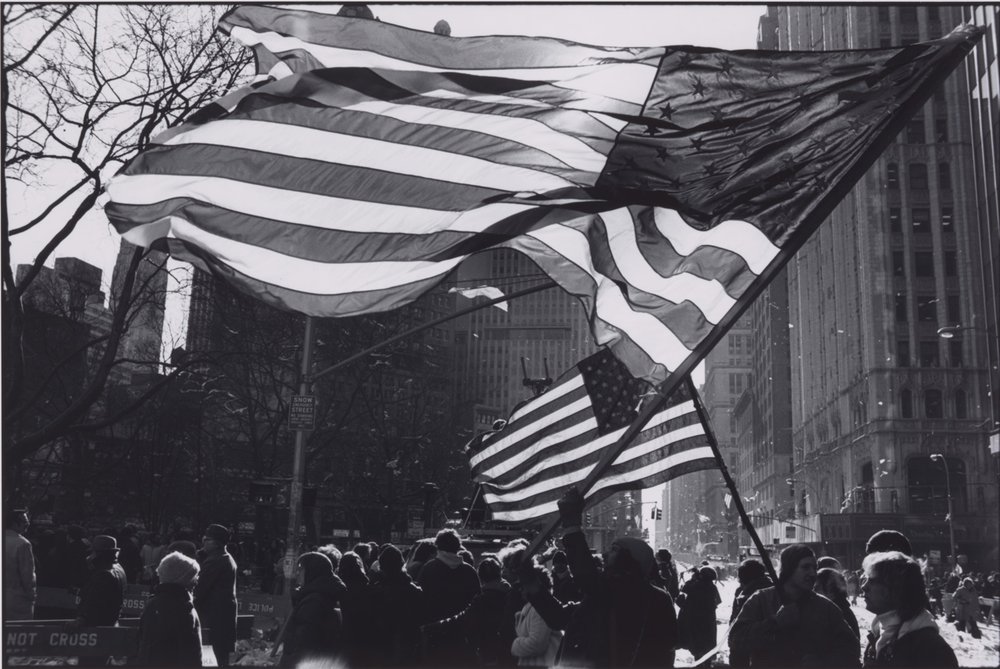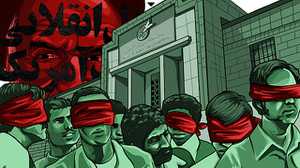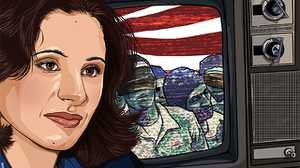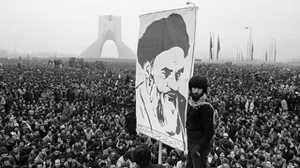Explore the Iran Hostage Crisis through Its Iconic Images
And the words of the hostages who survived 444 days of captivity
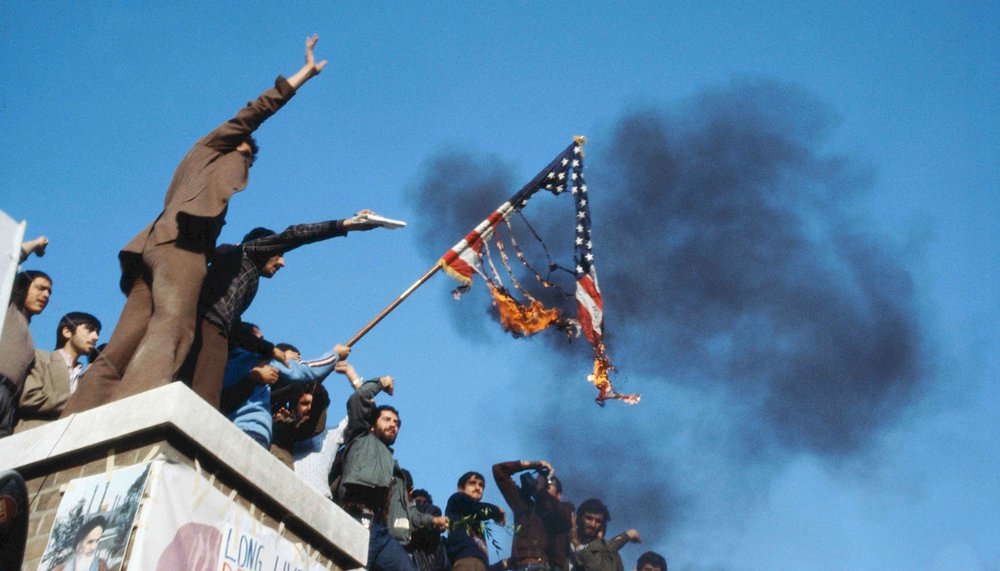
When Islamist students seized the U.S. embassy in Tehran on November 4, 1979, no one could have imagined how long the Iran hostage crisis would go on.
Until that moment, the American public had been largely ignorant of Iranians’ resentment toward U.S. intervention in their country, an outrage rooted in the 1953 coup that deposed Iran’s Prime Minister, Mohammed Mossadegh, who led the country’s democratically elected government. Orchestrated by the CIA in concert with British intelligence, that coup consolidated power around Shah Mohammed Reza Pahlavi, and in the following quarter century, the U.S. continued to support the Shah’s secular and reformist but increasingly despotic regime.
The Islamic Revolution began in 1978. After months of violent protests demanding the Shah’s ouster, he fled Iran for Egypt in early 1979. Multiple factions vied for control in the power vacuum brought on by his absence, including a hardline Islamic fundamentalist movement led by the cleric Ayatollah Ruhollah Khomeini.
Then in October 1979, President Jimmy Carter allowed the exiled Shah, who was dying of cancer in Mexico, to enter the U.S. for medical treatment. Popular indignation in Iran erupted. Many Iranians viewed Carter’s decision as evidence of another American plot to return the Shah to power. It was in this volatile political and social context that a group of students, followers of Khomeini, made plans to take over the U.S. embassy in Tehran.
At 10 a.m. on Sunday, November 4, a group calling itself the “Muslim Students Following the Line of the Imam” assembled in front of the U.S. embassy. The Iranian militia guarding the front gates stepped aside. Women pulled bolt-cutters out from beneath their hijab and cut the chains holding the gates shut. The students walked in.
These are the images of the next 444 days, accompanied by the words of those who lived through them—from Carter to Khomeini, and from the hostages and their families to average Americans who watched the crisis unfold from around the globe.
Day 1: November 4, 1979
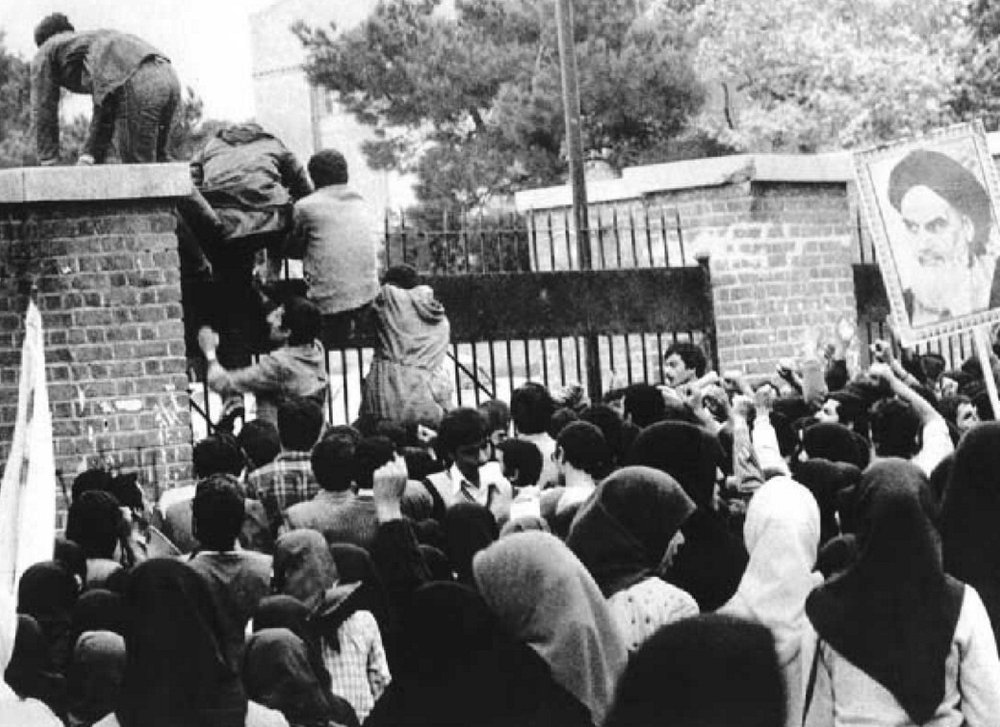
They took me to the outside of the embassy, removed the blindfold and made me face what looked to me like at least two million screaming Iranians. They were yelling ‘Death to the Americans!’ over and over and over and over until it was like an earthquake, there was so much vibration from the noise. - Donald Hohman, hostage
To put it bluntly, all hell broke loose and we couldn't stop it. - James M. Lopez, hostage
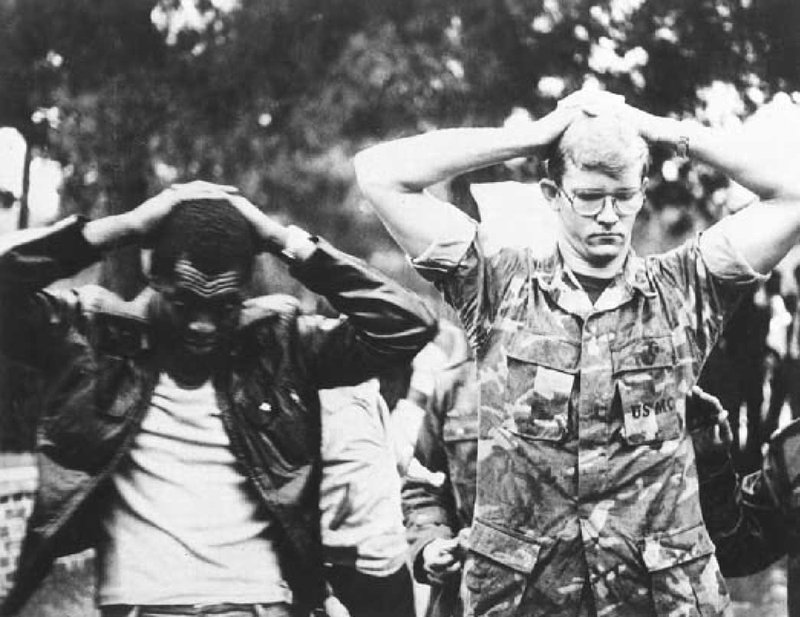
I actually was given a bed that first night. And that was the last bed I slept in for about 444 days." - Robert Blucker, hostage
We announce our protest to the world; a protest against America for granting asylum and employing the criminal Shah…and for supporting and recruiting counterrevolutionary agents against the Islamic Revolution of Iran." - Communique No. 1, released by the hostage-takers
Day 3: November 6, 1979
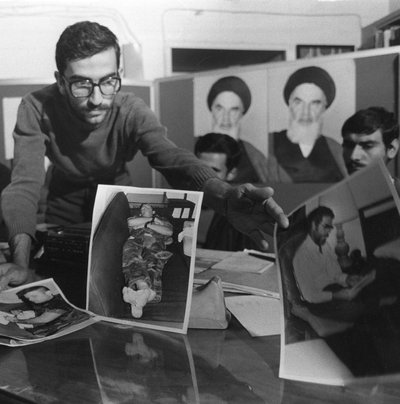
Within days of the takeover, the students began to demonstrate a sophisticated understanding of the media, issuing frequent public statements and holding regular press conferences. While the occupation had initially been planned as a symbolic gesture, with the expectation that it would last only several days, with the Ayatollah Khomeini’s endorsement the Students Following the Line of the Imam felt emboldened to dig in.
In the name of the American people, I ask that you release unharmed all Americans presently detained in Iran…I ask you to recognize the compelling humanitarian reasons, firmly based in international law, for doing so." - President Jimmy Carter in a letter to the Ayatollah Khomeini
Day 5: November 8, 1979
Once the United States has delivered the deposed Shah, the number one enemy of the nation, and once it has discontinued espionage against our movement, the door would then be opened for negotiation on some relations in the interest of the nation." - Public statement by the Ayatollah Khomeini
Day 6: November 9, 1979
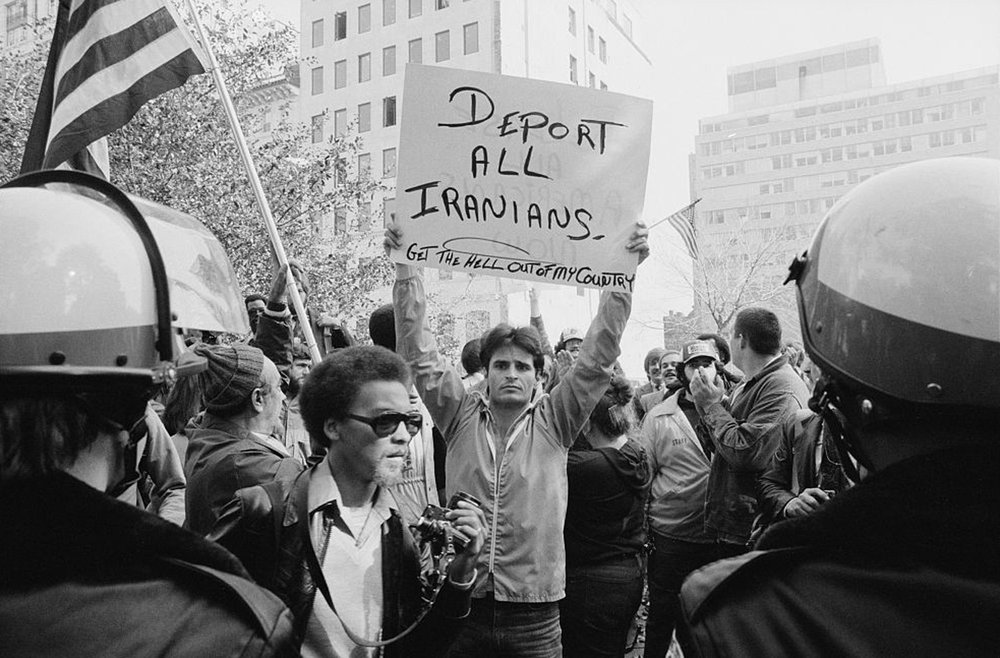
I can't do anything about it, but I feel better by yelling." - American counterprotestor in Washington, D.C.
Day 17: November 20, 1979
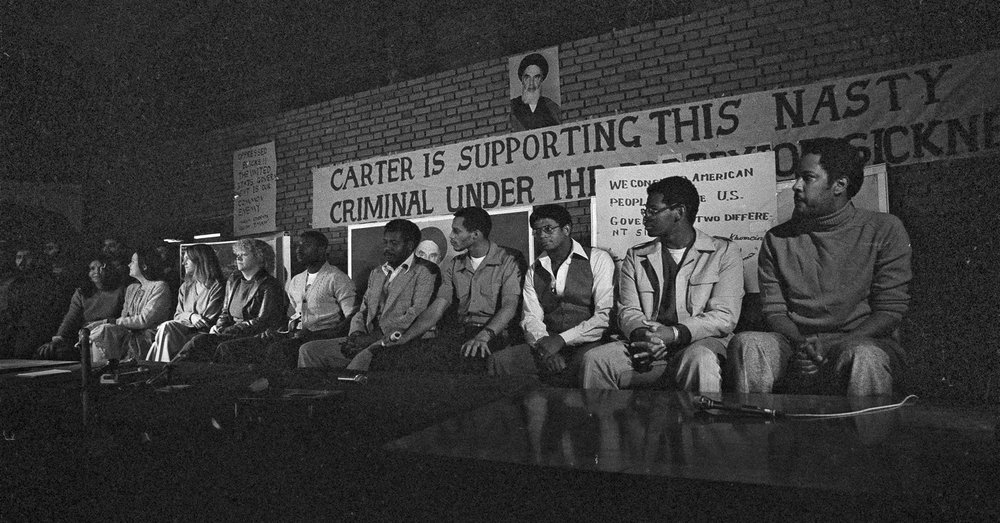
Day 20: November 23, 1979
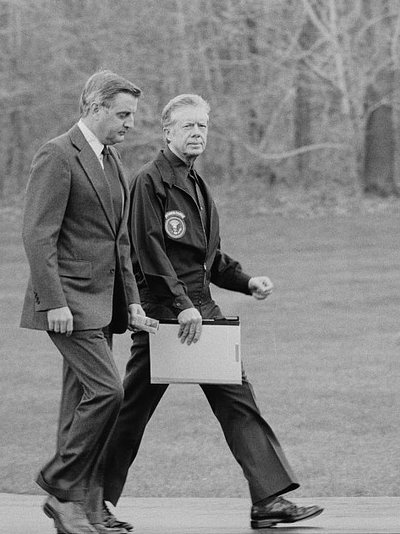
The Carter administration tried a range of policy options to pressure Iran’s interim government to release the remaining hostages, including a boycott of Iranian oil, enlisting international diplomatic support and freezing billions of dollars of Iranian assets held in U.S. banks. At the end of November, the United States also filed suit against Iran in the International Court of Justice. However, Khomeini’s assent to the head of Iran’s newly theocratic state in early December precluded all American attempts at negotiation.
Day 35: December 8, 1979
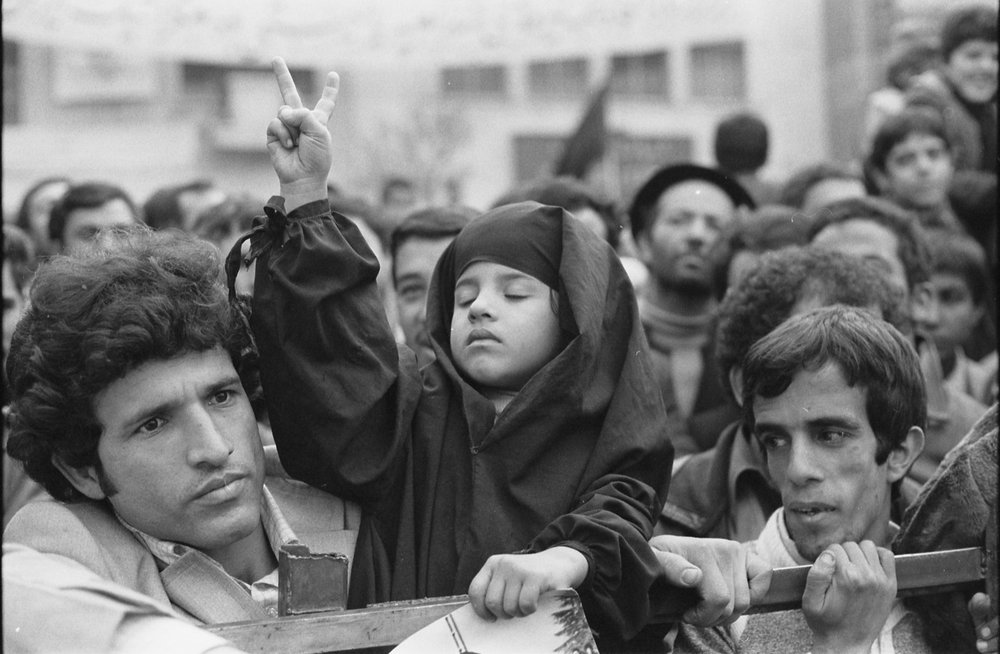
Day 51: December 24, 1979
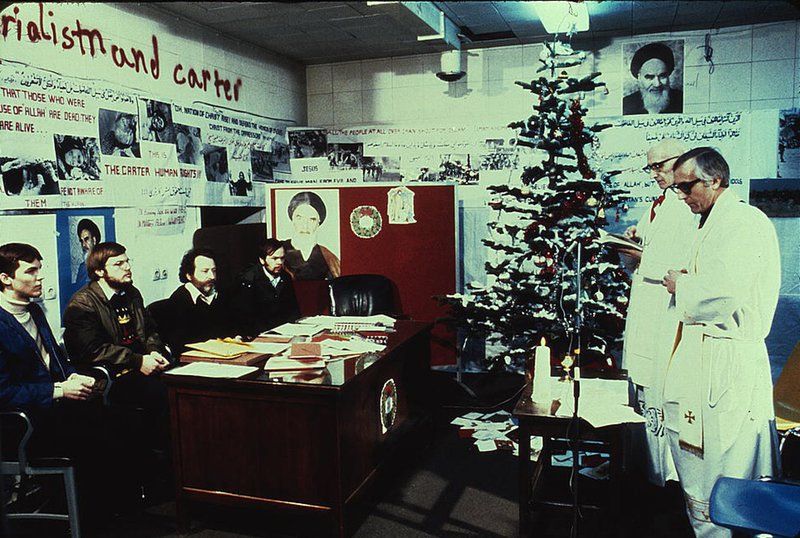
Many of us thought we should go along with this because every opportunity we had to get our faces on camera was assurance for people back home. My feeling was your family needs to see you." - William F. Keough, Jr., hostage
Day 73: January 15, 1980
A letter I wrote [my wife] Rita was torn up in front of me because I referred to students as SOB’s. Was told I would receive no more mail—ever! Wrote letter of apology to students so I could persuade them to give me mail. Began to have very sore back and sore tip of spine from sitting so much and lack of exercise." - Robert Ode
Day 91: February 2, 1980
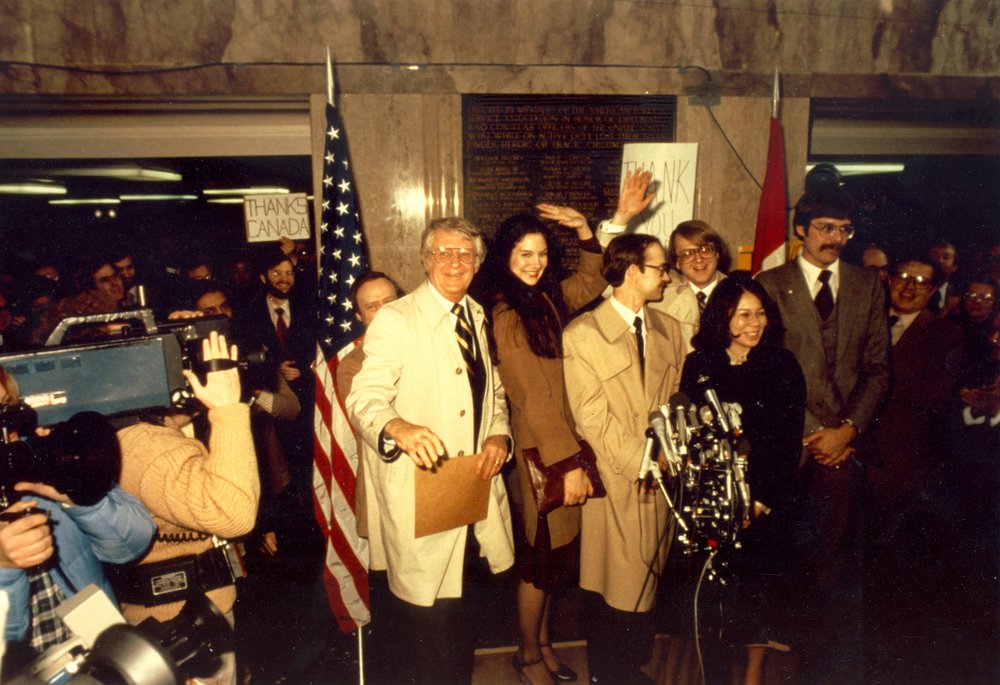
Day 135: March 17, 1980
How much longer are we going to have to hold out here? I praise the Lord for giving me the strength He has for holding out this long. How much longer though will it be until I get up some morning and take a swing at one of these students?" - Sergeant Rocky Sickmann, hostage
Day 173: April 24, 1980
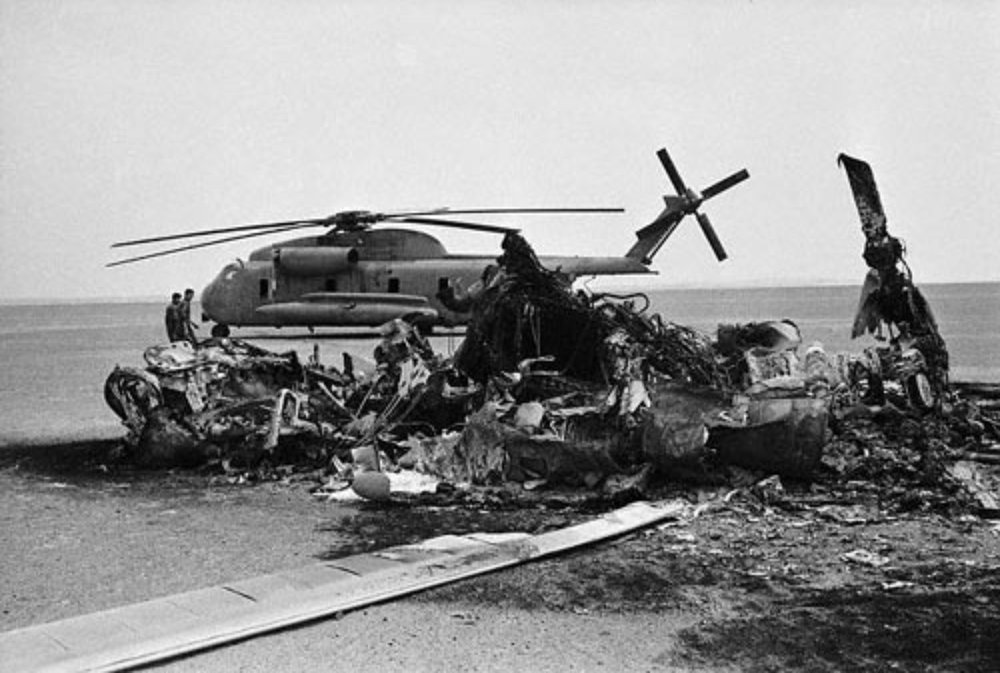
Day 174: April 25, 1980
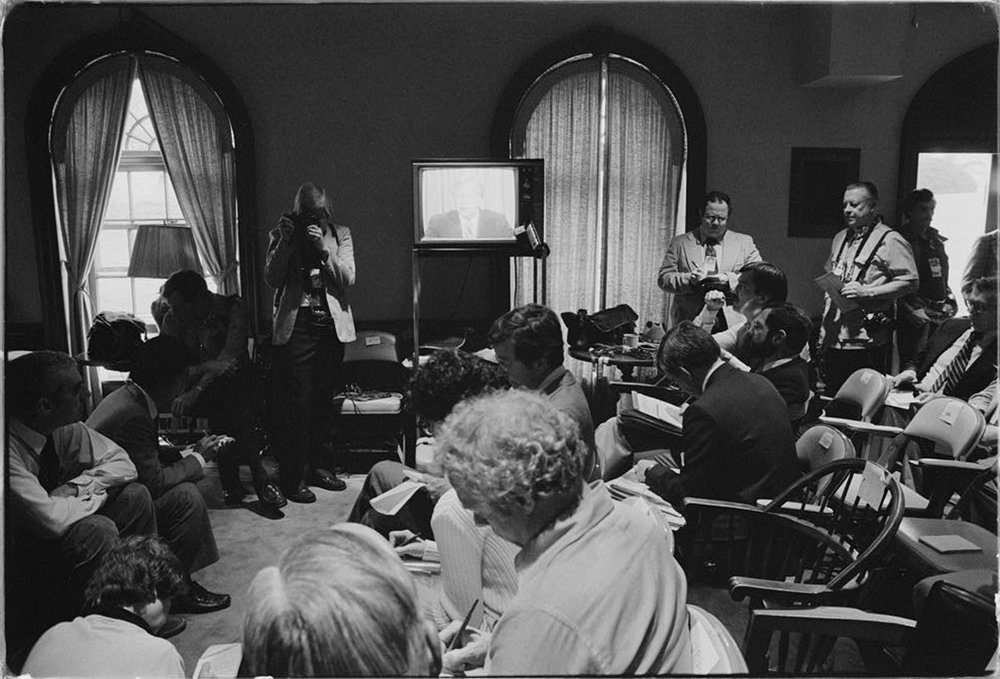
It was my decision to attempt the rescue operation. It was my decision to cancel it when problems developed in the placement of our rescue team for a future rescue operation. The responsibility is fully my own." - President Jimmy Carter
It was the biggest failure of my life. I cried for the eight men we lost. I’ll carry that load on my shoulders for the rest of my life." - Colonel Charlie Beckwith
Day 193: May 14, 1980
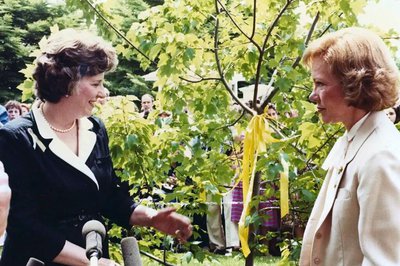
Penny Laingen, wife of hostage Bruce Laingen, decided to tie a yellow ribbon around the oak tree in the Laingens’ front yard in a symbol of faith in the hostages’ return. “One of these days, Bruce is going to untie that yellow ribbon,” she told a Washington Post reporter. “It’s going to be there until he does.” Her gesture caught on, and yellow ribbons soon proliferated across the country.
The families of the hostages feel so good to know that there are so many people out here in the United States who care so deeply for the ordeal that we've gone through. And it helps give us the support that we need to go on." - Barbara Rosen, wife of hostage Barry Rosen
Day 285: August 14, 1980

In the first months after the embassy takeover, Americans strongly supported Carter’s handling of the hostage crisis. As time went on, however, he faced intense criticism over his inability to bring the hostages home. Only a week before his party’s convention, a poll showed Carter's popularity at 21 percent, the lowest recorded for any president since presidential popularity had begun to be measured 40 years earlier.
Day 324: September 22, 1980
We knew something big was going on. Suddenly, there was a blackout and everybody on the ground was firing at something. We surmised there was a war with somebody. Within a week, it occurred to somebody that it probably was Iraq. When we asked the guards, they refused to answer, but their reactions told me that it was Iraq." - Robert Blucker, hostage
Day 330: September 28, 1980
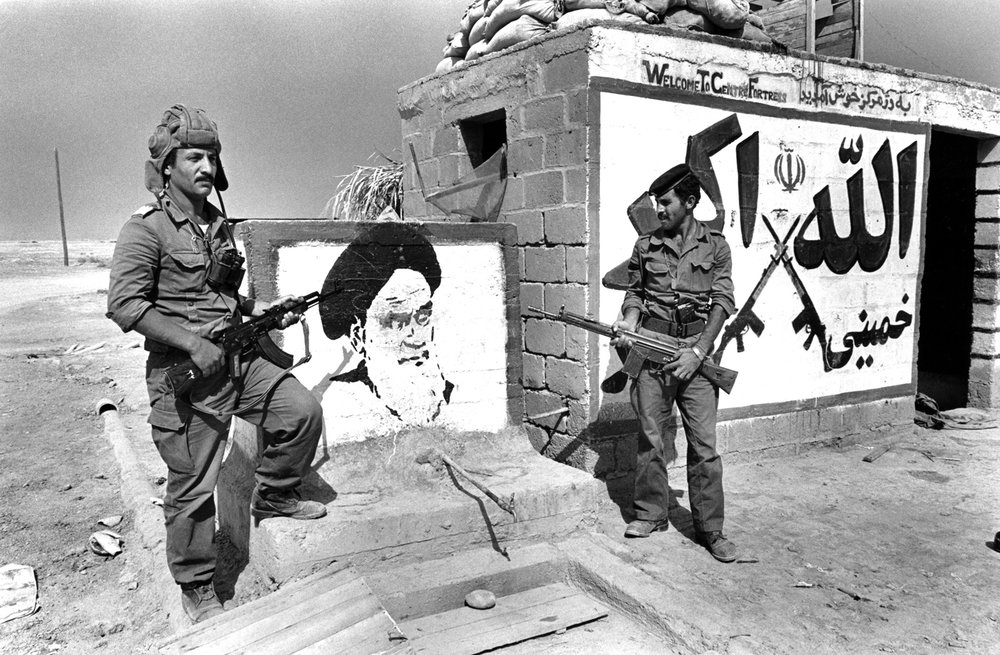
Day 365: November 4, 1980
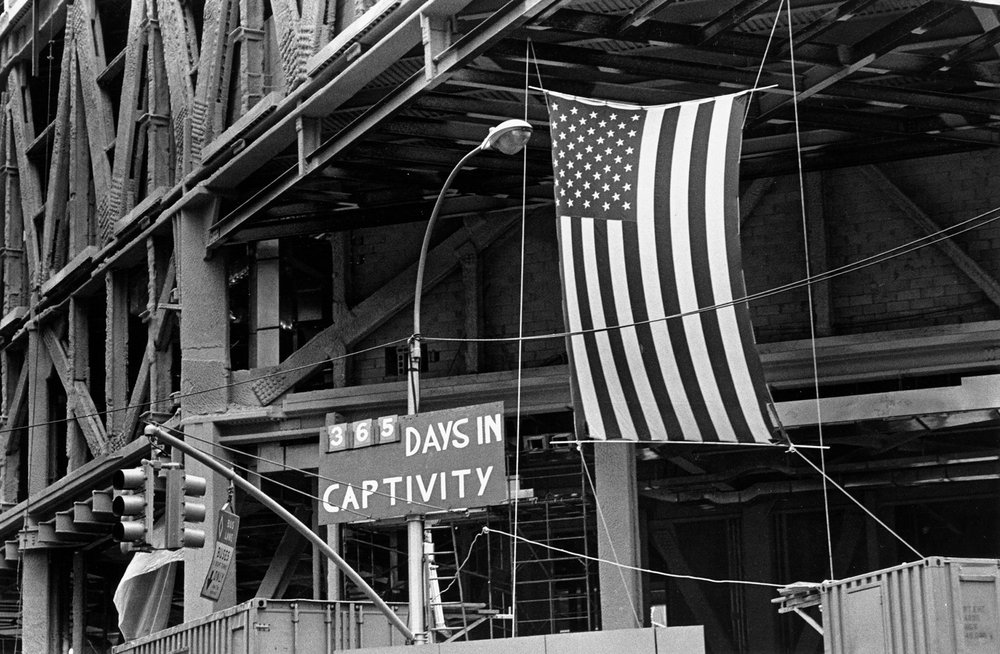
Day 444: January 20, 1981
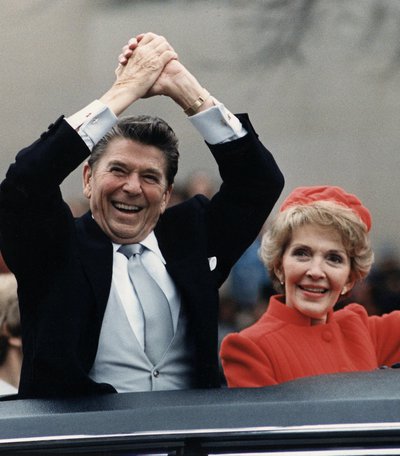
Reagan captured the 1980 presidential election with a landslide electoral college win of 489 votes to Carter’s 49. Even after his defeat, Carter determinedly worked on the agreement to secure the hostages’ release. The final financial negotiations between the American and Iranian governments over frozen Iranian funds were particularly complex. Ultimately, the hostages were confirmed free only minutes after Reagan took the oath of office.
Jan. 20 started off as the usual dull day, with us alone and ready. Nothing happened until about 6 p.m., when [one of my captors] Achmad came to say, ‘You're leaving Iran. Pack your things’ … I stuffed my blindfold rags into my pockets to keep as souvenirs." - Robert Blucker
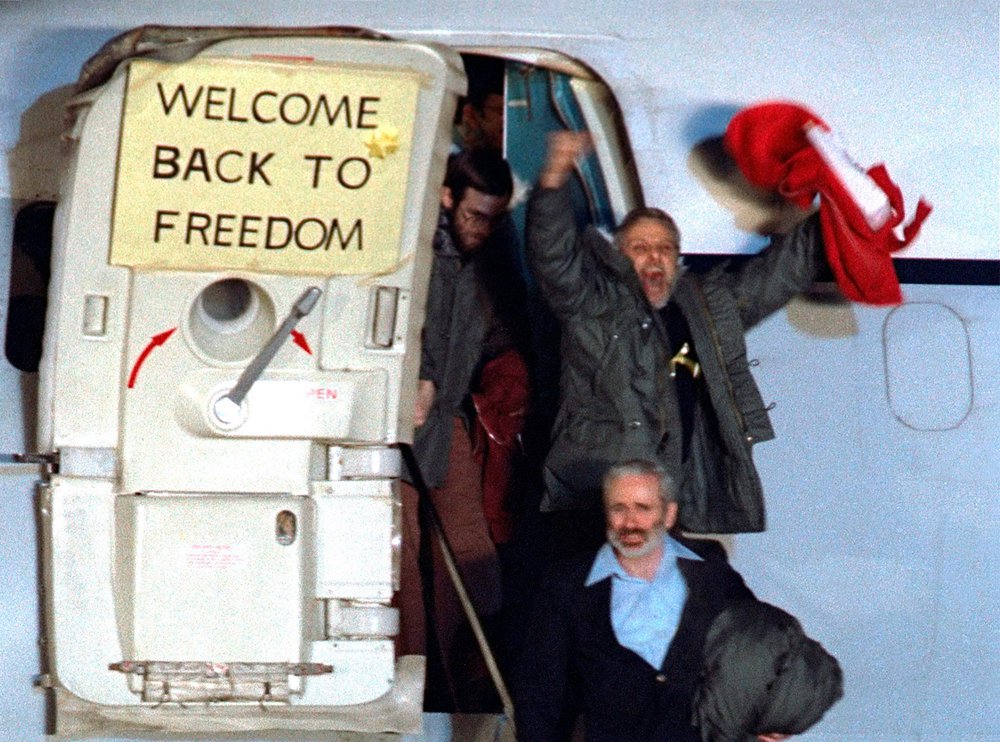
Heroes? We’re not heroes. We’re survivors. That’s all. Just survivors." - Charles Jones, hostage
January 31, 1981
